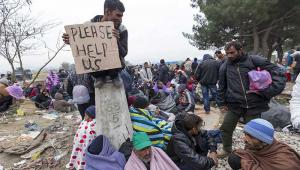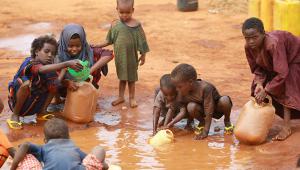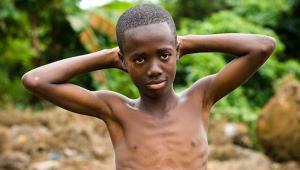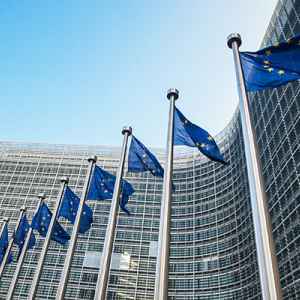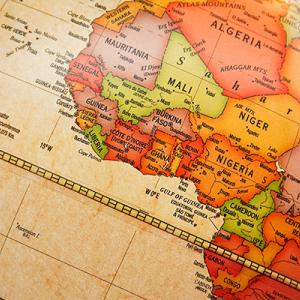web_refugees_shutterstock_341887823.jpg
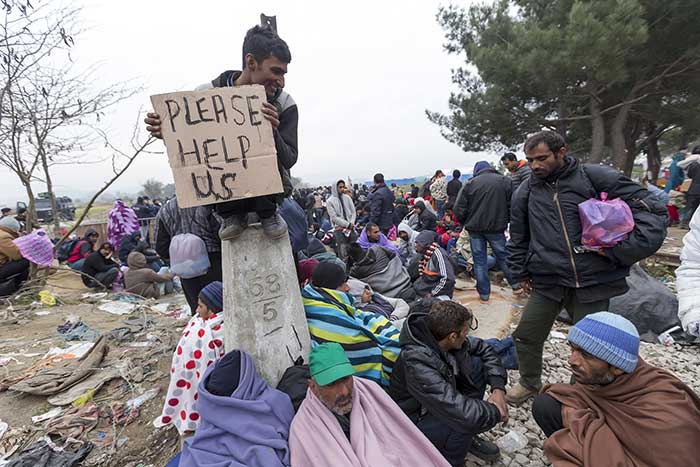
Migrants and refugees in Greece.
In its annual review of aid spending, the think-tank found that donors had backtracked on a commitment to reverse a shift away from the group of least-developed countries, despite aid reaching record levels ($142.6bn) in 2016.
OECD secretary-general Angel Gurría commended governments for sustaining investment during “difficult times” – most rich economies are struggling with sluggish growth – but said this latest fall in aid to the poorest countries is “unacceptable”.
“We must pay close attention to where the money is going and what is being included in foreign aid,” Gurría added. “Recent signals from some donor countries on future aid levels add further cause for concern.”
The US – the world’s biggest aid donor in cash terms – looks set to scale back its spending overseas in line with the policies of the country’s new president Donald Trump. Trump has already tabled cuts to US allocations towards the United Nations and the World Bank, as well as reinstated restrictions on how the money can be spent.
Aid from Australia, Finland, Sweden and the Netherlands already declined last year.
Overall, however, aid spending rose by 8.9% on 2015’s $131.5bn. Even with refugee spending removed, this had grown by 7.1%.
Nevertheless, the amount of aid that donors spent within their own countries on refugees jumped by 27.5% in real terms on 2015, reaching $15.4bn – equal to 10.8% of aid spending. This compares to 4.8% in 2014.
Since that year, donors in western Europe in particular have been struggling to manage a huge influx of refugees and migrants, the majority of whom were fleeing brutal wars in countries like Syria, Iraq or Afghanistan.
Under official aid rules, set by the OECD, donors can declare spending on refugees for the first 12 months of their stay as official aid. However, it can be unclear exactly what this means. For instance, it is unclear exactly when that period begins – it could be when a person enters the country or when their application for asylum is accepted.
The OECD said it is working to clarify its reporting rules to ensure that refugee costs do not eat into funding for development.
Adrian Lovett, spokesman for anti-poverty group the ONE Campaign, stressed that too much money is being spent in Europe, while the need for aid has “never been greater”.
“With four devastating famines looming, and 130 million girls denied an education, we need life-changing aid now more than ever,” he said.
“Now is the time for donor countries to focus on reaching the world’s most vulnerable people, not inflating their aid figures.”
Not all refugee-hosting countries reported their refugee-related costs as ODA. However those with the highest refugee burden in western Europe, did. Eleven countries spent over 10% of their aid on refugee costs, rising to more than 20% in Austria, Germany, Greece and Italy.
Petri Gornitzka, chair of the OECD’s Development Assistance Committee, also highlighted an 8% increase in humanitarian aid spending, amid an unprecedented level of crises around the globe.
“While both [humanitarian and refugee spending] are highly important, we must ensure that we also maintain financing of long-term development programmes, especially in the least developed nations.”
The OECD said it is pushing for aid to be better used to leverage private investment and domestic tax revenues.

